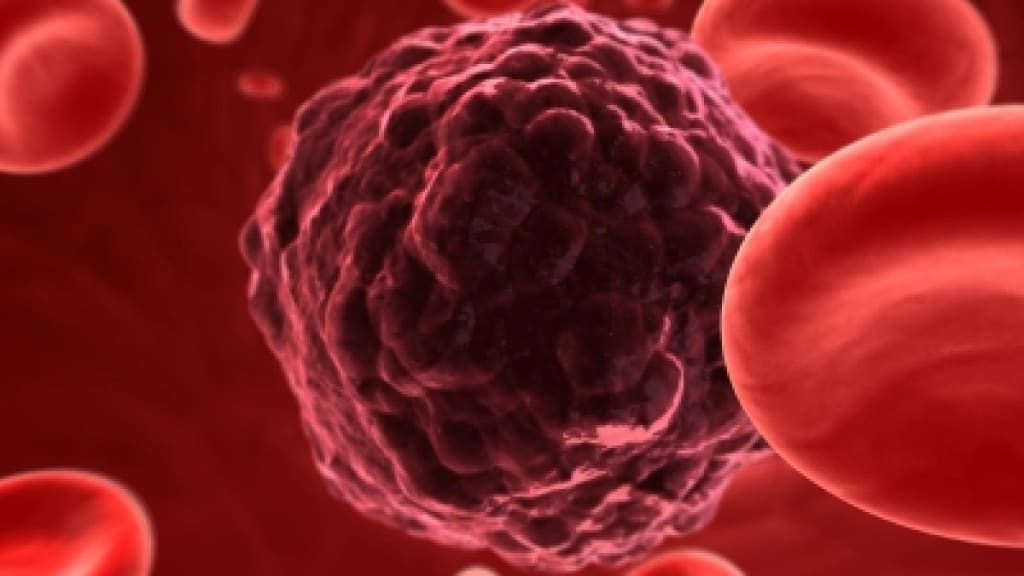Understanding Cancer Stages: What They Mean and How They Are Determined
How do doctors determine what stage of cancer you have?

Each year, approximately 20 million people worldwide receive a cancer diagnosis. At this overwhelming and often frightening time, patients usually learn their cancer’s stage, typically a number ranging from 1 to 4. Although staging is designed to help patients better understand what they’re facing, interpreting this information from a simple number can be confusing and complex. So, what do cancer stages actually mean?
To understand stage numbers, we need to unpack the three variables that inform them. Doctors use a system with the letters T, N, and M to describe a tumor’s size, its presence in the lymph nodes, and whether it has metastasized or spread to other organs. Determining this letter staging requires thorough investigation—physicians consider a person’s symptoms and overall health, may sample or biopsy cancerous tissue, order medical scans, and analyze blood tests.
The T designation, usually a number between 1 and 4, is often based on tumor size, but each type of cancer has its own T staging criteria. For instance, five-centimeter-wide tumors are labeled as T3 in oral cancers but T2 in breast cancers. Some cancers, like esophageal cancers, use different staging criteria based on how deeply the tumor invades tissue layers.
To assign an N stage, doctors evaluate the lymph nodes through biopsies and imaging. Cancer cells often break off from the initial tumor and spread through the lymphatic system—a network of vessels and nodes that filter waste and harbor infection-fighting cells. Cancers that spread to larger, more distant, or a greater number of lymph nodes typically fall into higher N stages.
M staging involves the spread of cancer to other organs or bones. Historically, this stage was a simple “yes” or “no,” as metastasized cancer is much more lethal. However, advances in treatment have led the medical community to view the M stage as a continuum. Doctors now consider the number of organs affected and the characteristics of the metastatic tumors.
Various combinations of T, N, and M are possible, and one letter doesn’t always follow the other. For example, some head and neck cancers might show positive in the lymph nodes (N1) with no clear initial tumor (T0). So how do these three variables inform a cancer’s stage number? Each TNM combination correlates to a different overall stage, ordered by the difficulty of treatment. This sorting is rigidly defined for each type of cancer based on extensive research into how cancers with different spreads and characteristics behave. Importantly, what a certain overall stage means varies from cancer to cancer.
For example, a T3N1M0 combination for breast cancer is considered stage 3 and carries an 85% five-year survival rate. However, a pancreatic cancer with the same TNM combination is sorted to stage 2 and is more difficult to treat, with a 15% survival rate. The system is intricate and ever-changing. For instance, someone with a stage 4 throat tumor in 2017 might be considered stage 1 just one year later—not because the cancer improved, but because the staging system did. Experts realized that a subset of these advanced cancers responded to treatment better than others, so their staging was downgraded. Similar advancements in genetic testing of tumors are refining staging in breast, prostate, and gynecological cancers.
Breakthroughs in therapies can also change things seemingly overnight. Many cancers once considered near impossible to treat now see high remission rates. And thanks to improvements in screenings, more cancers are being discovered at early stages.
While many will face the reality of cancer, either personally or through a loved one’s diagnosis, these advances offer better treatments, more targeted cures, and greater hope for the years to come.
About the Creator
Enjoyed the story? Support the Creator.
Subscribe for free to receive all their stories in your feed. You could also pledge your support or give them a one-off tip, letting them know you appreciate their work.





Comments
There are no comments for this story
Be the first to respond and start the conversation.